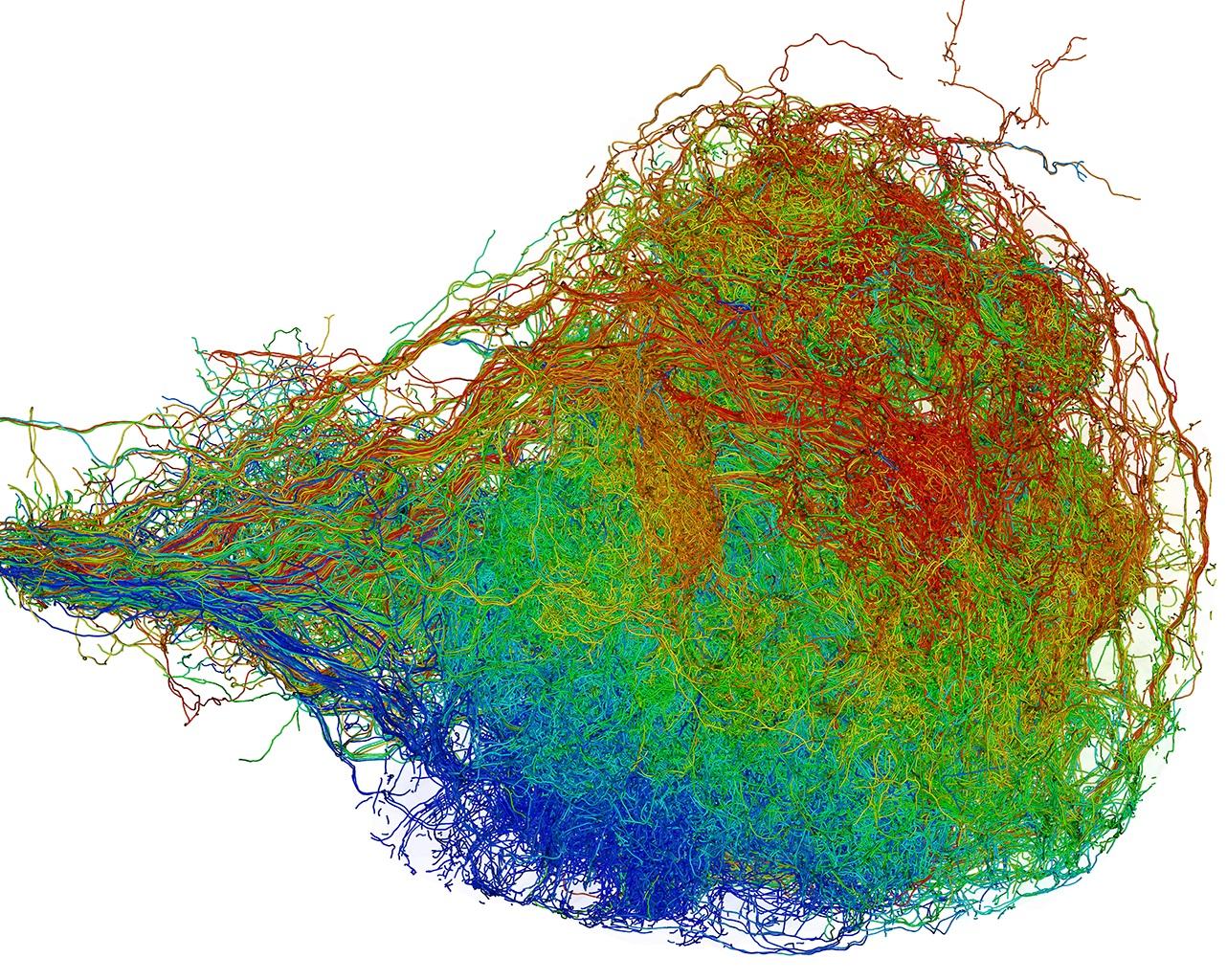Abstract:
We use the olfactory system as a model to analyze how information is extracted from sensory inputs, how information is stored in memory circuits, and how sensory inputs are used to inform behavior. We focus on the olfactory bulb and cortex of (adult) zebrafish and use a broad spectrum of methods including population imaging of neural activity, optogenetic manipulations, electrophysiology, behavioral training and EM-based circuit reconstruction. Recent studies include (1) a mechanistic analysis of neuronal computations in the olfactory bulb by the complete reconstruction of the wiring diagram of the larval zebrafish olfactory bulb after measuring neuronal activity patterns (“functional connectomics”), (2) the biophysical analysis of interactions between excitatory and inhibitory synaptic inputs to individual neurons in the zebrafish homolog of olfactory cortex, (3) an analysis of how associative conditioning modifies odor-to-valence mappings in a subregion of olfactory cortex, and (4) a study of behavioral and neural responses to unexpected sensory inputs in a virtual reality. In many of these studies we found that the specific organization of inhibitory interactions in distributed neuronal circuits is of key importance. The presentation will focus on one or two observations that highlight specific functions of patterned inhibition in neuronal computation.

Biography:
Rainer Friedrich was a PhD student at the Max Planck Institute (MPI) for Developmental Biology, postdoc at Caltech, and junior group leader at the MPI for Medical Research. He is now senior group leader at the Friedrich Miescher Institute (FMI) and professor at the University of Basel.
The goal of our research is to understand how neuronal circuits perform computations that give rise to higher brain functions. We focus on olfactory processing and memory in zebrafish to explore computations related to pattern classification, to understand how information processing is modified by learning, and to test theoretical models. Recent work combined large-scale activity measurements with dense reconstructions of neuronal circuits (“functional connectomics”).
